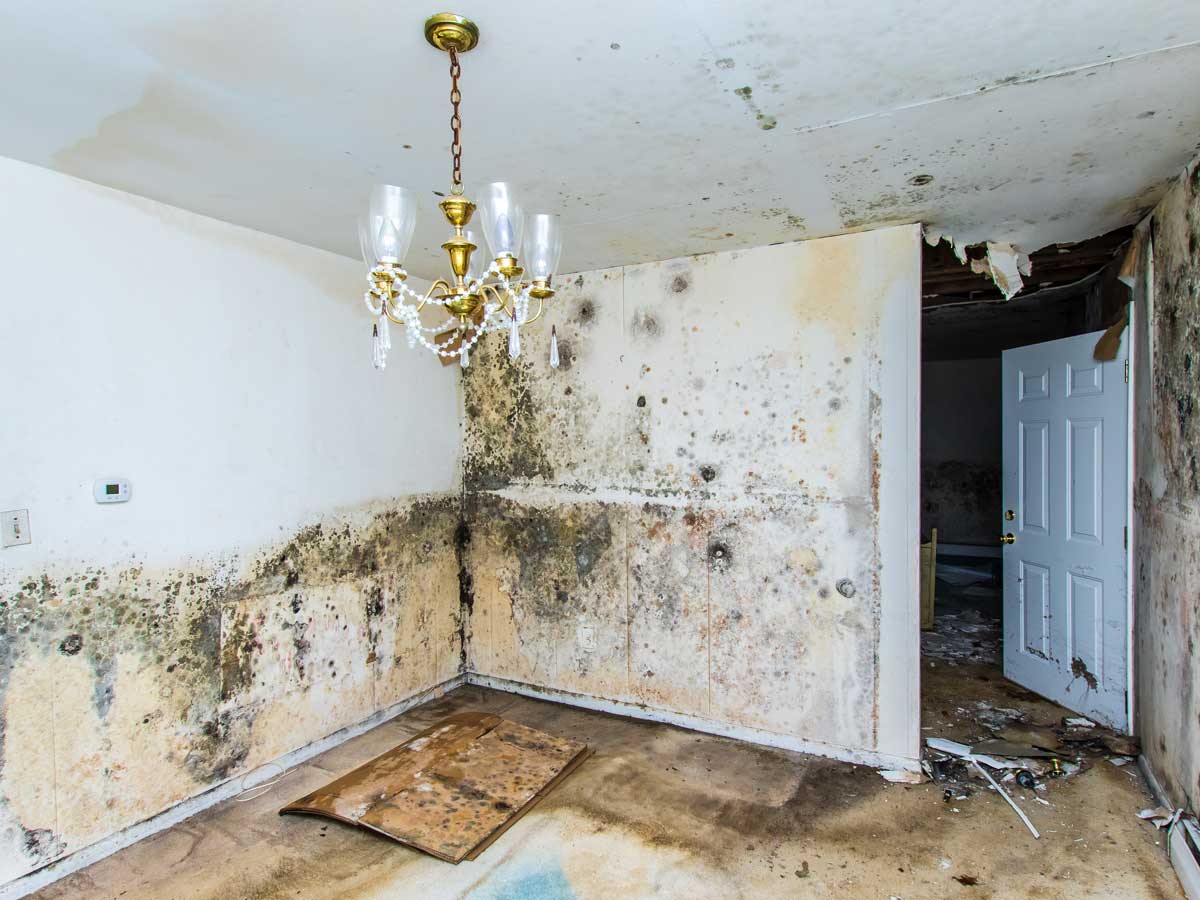6 Water Damage Restoration Do's as well as Don'ts.
6 Water Damage Restoration Do's as well as Don'ts.
Blog Article
Listed here below you can find a good deal of sensible insights about Ways to Reduce The Risk Of Fire And Water Damage.

Water offers life, yet water breach on some components where it's not supposed to be can lead to damages and also inconvenience. If the water seeps into your structure, it can peel away the surface as well as wear down the material's foundation. Mold and also mildew additionally flourish in a moist environment, which can be unsafe for your and your household's health and wellness. In addition, residences with water damages smell old and mildewy.
Water can come from several resources like tropical storms, floodings, ruptured pipes, leakages, and also sewage system problems. It's much better to have a working knowledge of security precautions if you have water damages. Right here are a few standards on just how to deal with water damage.
Do Prioritize House Insurance Policy Protection
Seasonal water damages can originate from floodings, seasonal rainfalls, and also wind. There is likewise an incident of a sudden flood, whether it originated from a faulty pipeline that suddenly bursts right into your home. To secure your residence, obtain home insurance that covers both acts of God such as all-natural tragedies, as well as emergencies like damaged plumbing.
Don't Neglect to Turn Off Utilities
When disaster strikes as well as you're in a flood-prone area, shut off the main electrical circuit. Turning off the power avoids
When water comes in as water serves as a conductor, electric shocks. Don't forget to switch off the main water line shutoff as a method to avoid more damage.
Maintain your furnishings secure as they can move about as well as create additional damage if the floodwaters are getting high.
Do Stay Proactive and Heed Weather Condition Informs
If you live in an area afflicted by floodings, remain aggressive and ready at all times. Listen to the news as well as evacuation warnings if you live near a body of water like a river, creek, or lake .
Do Not Overlook the Roofing System
Your roofer needs to take care of the malfunctioning rain gutters or any type of other signs of damage or weakening. An inspection will certainly stop water from streaming down your wall surfaces and soaking your ceiling.
Do Pay Attention to Small Leaks
There are red flags that can draw your focus and indicate to you some damaged pipelines in your residence. Indications of red flags in your pipes consist of gurgling paint, peeling wallpaper, water touches, water spots, or leaking noises behind the wall surfaces. Fixing and evaluate your plumbing repaired before it results in enormous damages to your home, financial resources, as well as an individual problem.
Do Not Panic in Case of a Burst Pipeline
Timing is essential when it comes to water damages. If a pipeline bursts in your home, promptly closed off your main water valve to reduce off the resource and also prevent more damage. Call a trustworthy water damage remediation expert for help.
Water gives life, however water breach on some components where it's not expected to be can result in damages as well as aggravation. In enhancement, homes with water damage smell old and mildewy.
Seasonal water damage can come from floods, seasonal rains, as well as wind. Indications of red flags in your pipes include bubbling paint, peeling wallpaper, water streaks, water stains, or dripping audios behind the wall surfaces. If a pipeline ruptureds in your residence, quickly closed off your major water shutoff to reduce off the resource as well as stop even more damages.
Some Do's & Don't When Dealing with a Water Damage
DO:
Make sure the water source has been eliminated. Contact a plumber if needed. Turn off circuit breakers supplying electricity to wet areas and unplug any electronics that are on wet carpet or surfaces Remove small furniture items Remove as much excess water as possible by mopping or blotting; Use WHITE towels to blot wet carpeting Wipe water from wooden furniture after removing anything on it Remove and prop up wet upholstery cushions for even drying (check for any bleeding) Pin up curtains or furniture skirts if needed Place aluminum foil, saucers or wood blocks between furniture legs and wet carpet Turn on air conditioning for maximum drying in winter and open windows in the summer Open any drawers and cabinets affected for complete drying but do not force them open Remove any valuable art objects or paintings to a safe, dry place Open any suitcases or luggage that may have been affected to dry, preferably in sunlight Hang any fur or leather goods to dry at room temperature Punch small holes in sagging ceilings to relieve trapped water (don't forget to place pans beneath!); however, if the ceiling is sagging extremely low, stay out of the room and we'll take care of it DO NOT:
Leave wet fabrics in place; dry them as soon as possible Leave books, magazines or any other colored items on wet carpets or floor Use your household vacuum to remove water Use TV's or other electronics/appliances while standing on wet carpets or floors; especially not on wet concrete floors Turn on ceiling fixtures if the ceiling is wet Turn your heat up, unless instructed otherwise

Do you really like reading up on Reducing Your Risk Of Water And Fire Damage At Home? Give feedback down the page. We would be interested to listen to your feelings about this write-up. Hoping that you come back again in the future. Sharing is good. Helping people is fun. Thanks so much for your time spent reading it.
Report this page